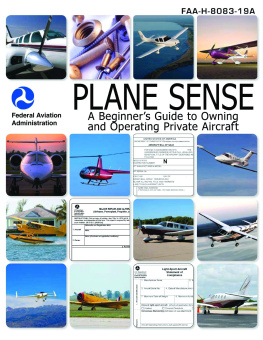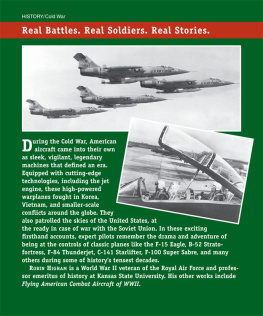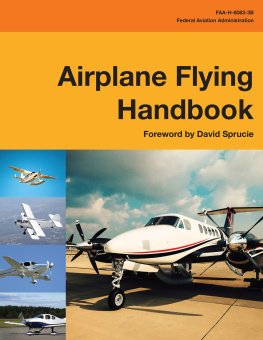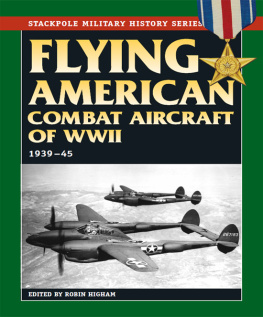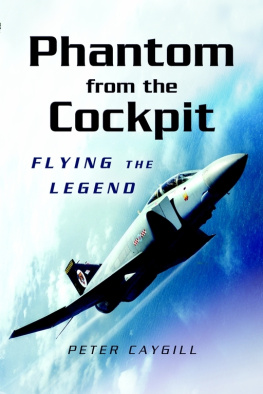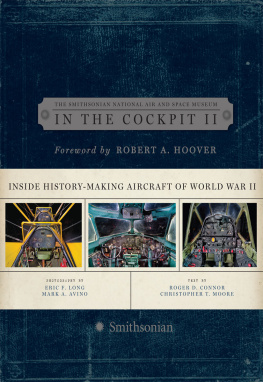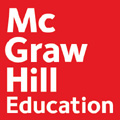
Copyright 2013 by by Christopher J. Lutat and S. Ryan Swah. All rights reserved. Except as permitted under the United States Copyright Act of 1976, no part of this publication may be reproduced or distributed in any form or by any means, or stored in a database or retrieval system, without the prior written permission of the publisher.
ISBN: 978-0-07-181587-1
MHID: 0-07-181587-2
The material in this eBook also appears in the print version of this title: ISBN: 978-0-07-181586-4, MHID: 0-07-181586-4.
All trademarks are trademarks of their respective owners. Rather than put a trademark symbol after every occurrence of a trademarked name, we use names in an editorial fashion only, and to the benefit of the trademark owner, with no intention of infringement of the trademark. Where such designations appear in this book, they have been printed with initial caps.
McGraw-Hill Education eBooks are available at special quantity discounts to use as premiums and sales promotions, or for use in corporate training programs. To contact a representative please e-mail us at bulksales@mcgraw-hill.com.
Information contained in this work has been obtained by McGraw-Hill Education LLC from sources believed to be reliable. However, neither McGraw-Hill Education nor its authors guarantee the accuracy or completeness of any information published herein, and neither McGraw-Hill Education nor its authors shall be responsible for any errors, omissions, or damages arising out of use of this information. This work is published with the understanding that McGraw-Hill Education and its authors are supplying information but are not attempting to render engineering or other professional services. If such services are required, the assistance of an appropriate professional should be sought.
TERMS OF USE
This is a copyrighted work and McGraw-Hill Education and its licensors reserve all rights in and to the work. Use of this work is subject to these terms. Except as permitted under the Copyright Act of 1976 and the right to store and retrieve one copy of the work, you may not decompile, disassemble, reverse engineer, reproduce, modify, create derivative works based upon, transmit, distribute, disseminate, sell, publish or sublicense the work or any part of it without McGraw-Hill Educations prior consent. You may use the work for your own noncommercial and personal use; any other use of the work is strictly prohibited. Your right to use the work may be terminated if you fail to comply with these terms.
THE WORK IS PROVIDED AS IS. McGRAW-HILL EDUCATION AND ITS LICENSORS MAKE NO GUARANTEES OR WARRANTIES AS TO THE ACCURACY, ADEQUACY OR COMPLETENESS OF OR RESULTS TO BE OBTAINED FROM USING THE WORK, INCLUDING ANY INFORMATION THAT CAN BE ACCESSED THROUGH THE WORK VIA HYPERLINK OR OTHERWISE, AND EXPRESSLY DISCLAIM ANY WARRANTY, EXPRESS OR IMPLIED, INCLUDING BUT NOT LIMITED TO IMPLIED WARRANTIES OF MERCHANTABILITY OR FITNESS FOR A PARTICULAR PURPOSE. McGraw-Hill Education and its licensors do not warrant or guarantee that the functions contained in the work will meet your requirements or that its operation will be uninterrupted or error free. Neither McGraw-Hill Education nor its licensors shall be liable to you or anyone else for any inaccuracy, error or omission, regardless of cause, in the work or for any damages resulting therefrom. McGraw-Hill Education has no responsibility for the content of any information accessed through the work. Under no circumstances shall McGraw-Hill Education and/or its licensors be liable for any indirect, incidental, special, punitive, consequential or similar damages that result from the use of or inability to use the work, even if any of them has been advised of the possibility of such damages. This limitation of liability shall apply to any claim or cause whatsoever whether such claim or cause arises in contract, tort or otherwise.
Automation Airmanship is dedicated to the countless pilots, instructor pilots and aircrew who, for over a century, have worked tirelessly to smooth the integration of advanced technology into safe, reliable flight operations.
About the Authors

Christopher J. Lutat and S. Ryan Swah.
Christopher J. Lutat, ATP, has been an airline pilot for a large global airline for more than 17 years and was a search and rescue pilot for the U.S. Coast Guard for eight years. He currently flies the Boeing MD-11 for a major global airline. He is a founding owner of Convergent Performance, LLC, and serves as President of its Government and Aerospace division. Captain Lutat is also a Check Airman and has been an instructor in advanced technology, wide-body global transport aircraft since 2003.
S. Ryan Swah, ATP, is a retired U.S. Navy Captain with experience in attack, fighter, and transport aircraft. He currently flies the Boeing MD-11 for a major global airline and has held positions as an FAA Aircraft Program Designee, Line Check Airman, Proficiency Check Airman, Standards Check Airman, Aircraft Technical Pilot, Flight Standards Manager, and Senior Flight Standards Manager. Captain Swah leverages his expertise in glass cockpit, automation checklists, procedures, and flight manuals as the Content Manager of Convergent Performance, LLC.
Contents
Preface
As this book was going to press in the fall of 2012, Pierre Sparaco, now-retired Paris Bureau Chief for the industry journal Aviation Week and Space Technology, wrote a brief commentary entitled, Airmanship Anew. This article was largely centered on the report of Qantas flight 32s recovery, by its captain, Richard Champion de Crespigny, after a catastrophic in-flight engine failure. Sparacos comments echoed those of many in our industry who believeeven as technology has changed the nature of everything from air traffic control to security to flight deck protocolsthat there has been too little emphasis on the concept of airmanship compared to the focus on improving profit margins gained from efficiencies and cost cutting. Along with the dramatic engines-out landing on the Hudson River of U.S. Airways flight 1549, Qantas flight 32 joins the ranks of those popularly recognized heroic saves resulting from the display of expert airmanshipand rightfully so. Both of these now widely discussed events seem to evoke qualities of a special kind of airmanship that their crews displayed in saving the lives of hundreds of passengers and crew, following catastrophic failures aboard normally reliable, highly advanced aircraft. It is the search for this special kind of airmanship that has led us for the past decade into the field where we have been involved in helping organizations to adopt advanced aircraft of all kinds, and ultimately, to write this book.
In the early part of 2003, as a result of our work with the U.S. Marines and U.S. Coast Guard (both organizations had just begun acquiring aircraft with new, highly automated flight decks), we began to sense that an undertaking like this book might be necessary. The airplane that both organizations were bringing into service was a completely new version of the venerableand legendaryLockheed-Martin C-130. The new airplane was the C-130J, and both the Marines and the Coast Guard had been flying earlier models of C-130s for decades. We were in the midst of projects with both organizations to streamline procedures and flight deck processes to fit their individual cultures and each organizations unique mission.


